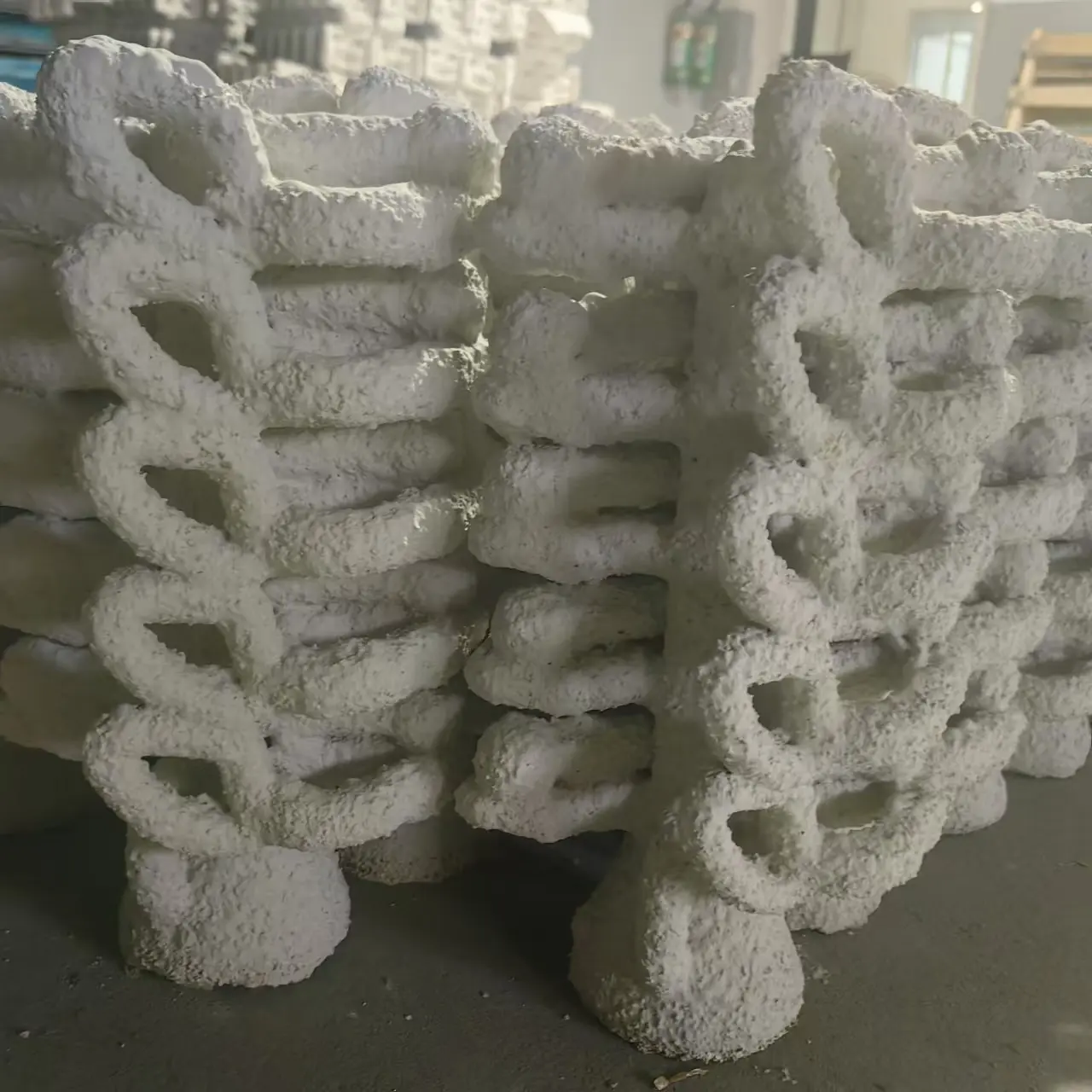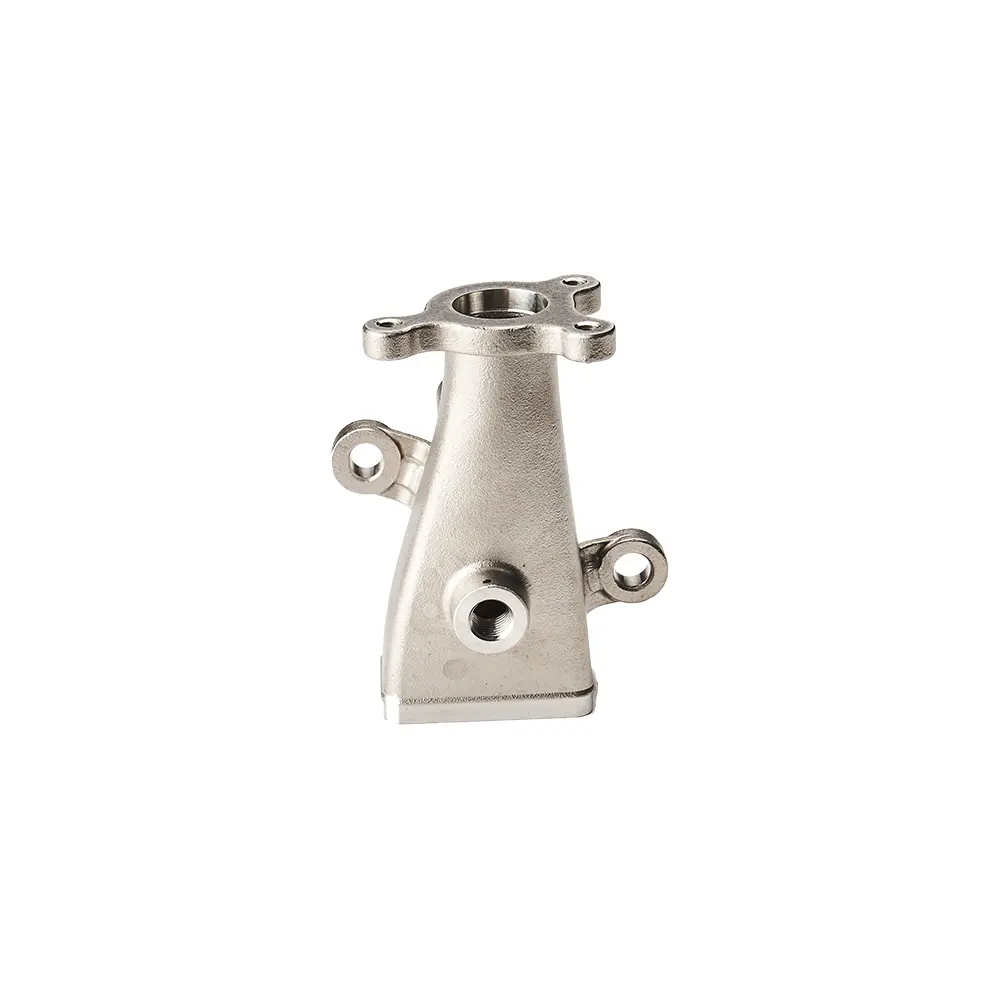
Exploring the Pros and Cons of Investment Casting
Investment Casting offers you several advantages and disadvantages. You can achieve high precision and accuracy, making it ideal for intricate designs. The process allows you to use a wide range of materials, including both ferrous and non-ferrous metals. However, you might face higher initial costs due to the complexity and specialized equipment required. Additionally, the process can be time-consuming, leading to longer production times. Understanding these pros and cons helps you decide if investment casting suits your needs.

Comparing Investment Casting with Other Casting Techniques
Investment casting stands out among casting techniques due to its precision, material versatility, and ability to handle complex designs. Unlike other methods, it achieves intricate geometries and thin-walled components with remarkable accuracy. This process offers greater design flexibility, accommodating both ferrous and non-ferrous metals. Investment casting excels in producing excellent surface finishes, making it the optimal choice for highly detailed designs. Its unique benefits include the ability to create precise dimensions without the major up-front costs associated with die casting, making it a preferred option for intricate and extensive designs.

Investment Casting Videos Unveiled for You
Investment casting videos play a crucial role in helping you grasp the intricate process of investment casting. These videos provide a visual and practical approach to learning, making them invaluable for both beginners and seasoned professionals. By watching these videos, you can gain a deeper understanding of the process, as they offer step-by-step demonstrations that enhance your learning experience. Video learning empowers you to take control of your education, offering a powerful tool for review and retrieval practice. Embrace this engaging method to elevate your knowledge and skills in investment casting.

Investment Casting vs. Sand Casting: A Detailed Comparison
What are the differences between investment casting and sand casting? This question often arises when you need to choose the right casting method for your project. Investment casting excels in producing intricate parts with high precision, making it ideal for complex designs. On the other hand, sand casting dominates the industry, accounting for over 60% of all Metal Castings due to its versatility and cost-effectiveness. Selecting the appropriate method is crucial as it impacts the quality, cost, and feasibility of your final product. Understanding these differences helps you make informed decisions tailored to your specific needs.

Understanding the Precision Casting Process and Its Benefits
Precision casting, often referred to as investment casting, stands as a cornerstone in modern manufacturing. This process allows for the creation of intricate and high-precision components, offering significant benefits such as reduced material waste and minimal need for machining. Its ability to produce complex geometries with tight tolerances makes it indispensable in industries like aerospace and automotive. The precision casting market reflects its growing importance, with projections indicating robust growth. Valued at $16,278.3 million in 2023, it is poised to expand at a CAGR of 4.6% from 2024 to 2030, underscoring its critical role in advancing manufacturing technologies.

Understanding the Benefits of Precision Casting
Precision casting revolutionizes manufacturing with its exceptional design flexibility and superior dimensional accuracy. This method allows for the creation of intricate components with minimal machining, significantly reducing labor time and costs. By accommodating a wide variety of alloys, precision casting enhances material versatility, offering engineers more options for material selection. The process also ensures a smooth surface finish, which minimizes the need for additional machining and results in quicker lead times. Overall, precision casting stands out as a cost-effective solution, providing high-quality output at competitive pricing.

Precision Casting vs Die Casting: A Detailed Comparison
Precision casting and die casting are two prominent manufacturing techniques. Precision casting, often known as investment casting, allows you to create intricate designs with high accuracy. Die casting, on the other hand, involves forcing molten metal into a mold under high pressure, making it ideal for high-volume production. The primary difference lies in their applications and the level of detail they can achieve. While precision casting excels in producing complex geometries, die casting offers efficiency for large-scale production. Understanding these distinctions helps you choose the right method for your specific needs.

Tracing the Evolution of Precision Casting
Precision casting has played a crucial role in shaping various industries throughout history. This technique, known for its ability to create intricate metal parts, has significantly impacted sectors such as aerospace, automotive, and medical. The evolution of precision casting highlights its transformative journey from ancient methods to modern technological advancements. By understanding this evolution, one can appreciate the ongoing influence of precision casting in today's industrial landscape.

Tracing the Origins of Precision Casting
Precision casting has played a pivotal role in shaping the course of manufacturing history. This ancient technique, dating back to around 4000 BC, began with the casting of gold and evolved into a sophisticated process known as lost wax casting. Over centuries, it has transformed from crafting intricate art statues in Mesopotamia to producing essential components for modern industries. Today, precision casting continues to drive innovation, with its market projected to grow significantly, reaching USD 20490 million by 2032. This growth underscores its enduring impact on manufacturing advancements.
















